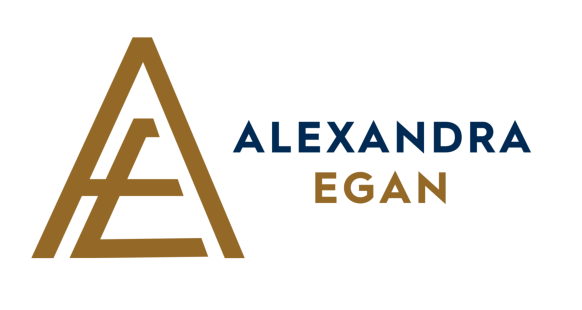What does R.E.S.E.T. stand for?
R.E.S.E.T. is an acronym that represents the key steps in a powerful decision-making framework, designed to be an ongoing and adaptable process. Here’s a breakdown of each step:
- Recognize: Identifying the need for a decision, a situation that requires attention, or a challenge that demands a solution.
- Evaluate: Assessing your current situation, including your resources, strengths, and potential roadblocks.
- Select/Strategize: Choosing the best course of action based on your evaluation. This might involve brainstorming different options and formulating a strategy for implementation.
- Explore: Investigating the chosen path further. This could involve exploring potential consequences, next steps, and any adjustments needed to your initial strategy.
- Track and Evaluate (Continuously Improve): Monitoring the outcome of your decision and measuring progress towards your goals. This step allows you to learn from your experience and refine your approach as needed.
The beauty of the R.E.S.E.T. framework lies in its cyclical nature. Once you’ve “Tracked and Evaluated,” you might find yourself needing to Recognize a new challenge or opportunity, returning to the beginning of the cycle. This continuous loop helps you stay adaptable and agile in a changing world.
By following the R.E.S.E.T. framework, you can move away from feeling stuck and powerless. It encourages critical thinking and exploration, empowering you to identify a wider range of options and make informed choices for the best possible outcome.
Who can benefit from using the R.E.S.E.T. framework?
The R.E.S.E.T. framework is designed to be universally beneficial! Here’s why:
- Anyone facing decisions: Whether you’re a business owner, leader, entrepreneur, professional, or simply someone navigating everyday life, the R.E.S.E.T. framework provides a structured approach to making informed and strategic choices.
- Individuals seeking personal growth: The framework can help you approach personal challenges, career decisions, and goal setting with greater clarity and purpose.
- Teams fostering collaboration: The R.E.S.E.T. framework can be a valuable tool for teams to work together effectively. It encourages open communication, exploration of various options, and a data-driven approach to decision-making.
Because the R.E.S.E.T. framework focuses on a structured and adaptable process, it can be applied to a wide range of situations and goals. Anyone who wants to improve their decision-making skills and achieve better outcomes can benefit from using it.
How does the R.E.S.E.T. framework help me make better decisions?
The R.E.S.E.T. framework guides you through a structured process that encourages critical thinking, analysis of all options, and consideration of potential consequences. Here’s a breakdown of why it works:
- Move away from impulsive decisions: The framework encourages a structured approach, forcing you to slow down and consider various factors before making a choice.
- Make choices based on evidence: By emphasizing evaluation and exploration, the framework promotes basing decisions on data, facts, and potential consequences, not just gut feelings.
- Long-term goals and sustainability: The framework keeps you focused on the bigger picture. Evaluating options in the context of your long-term goals helps you make choices that contribute to long-term success and sustainability.
Who owns the R.E.S.E.T. framework?
The R.E.S.E.T. framework is a trademarked process created by Alexandra Egan. While the name is protected, the core concepts and framework itself are designed to be accessible and beneficial for everyone to use in their decision-making process.
What sparked the creation of the R.E.S.E.T. framework?
The R.E.S.E.T. framework wasn’t born in a vacuum! It emerged from over three decades of observing my own decision-making process and that of others. For years, I noticed a consistent pattern, especially when people encountered challenges like making choices, building processes, or navigating difficult conversations. Often, these decisions happen so quickly and unconsciously that we miss the crucial steps involved.
Intrigued by this observation, I began deconstructing the process. Through careful analysis, I identified five key stages that people naturally go through when making strategic decisions, even if they’re not consciously aware of them. These stages became the foundation for the R.E.S.E.T. acronym, which stands for:
- Recognize: Identifying the need for a decision or acknowledging a challenge that requires a choice.
- Explore: Brainstorming and exploring potential options and solutions.
- Evaluate: Analyzing the pros and cons of each option, considering potential consequences.
- Select: Choosing the best course of action based on the evaluation.
- Track and Evaluate: Monitoring the outcome of the decision and making adjustments if necessary.
By formalizing these steps into the R.E.S.E.T. framework, we can bring conscious awareness to our decision-making process, leading to more informed and strategic choices.


